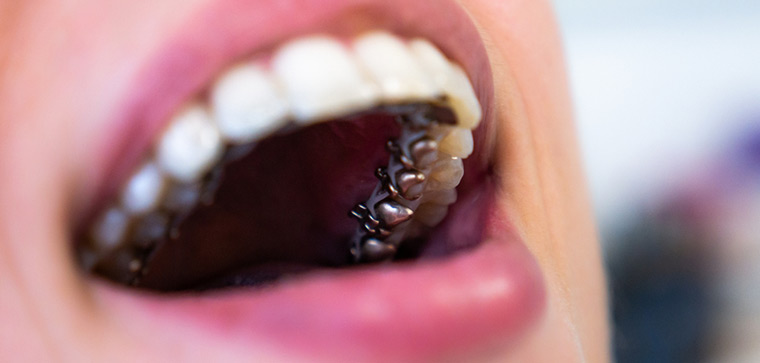Lingual Braces: Invisible Orthodontic Solution
Lingual Braces are attached behind the teeth so they’re not visible when you smile. Lingual braces are also more expensive than traditional metal braces but the advantages are apparent.
Lingual braces are totally invisible in that they are placed on the inside of the teeth rather than the outside. It’s a novel idea if you think about it. Instead of making the color of the braces the same as the teeth like ceramic braces do, Lingual braces try to hide themselves altogether by residing on the inside of your teeth.
It takes a highly skilled Orthodontist to install this type of braces. Metal brackets are used and the same techniques are applied just on the opposite side. In reality, the Lingual type of braces has more downsides than upsides.
Advantages and Disadvantages of Lingual Braces
Advantages:
- Lingual Braces are totally hidden since their bracket is on the inside of the tooth
Disadvantages:
- Lingual Braces are irritating to the tongue.
- There are not many Orthodontists who can do this procedure
- It can take a long time
- Only a small percentage of people are good candidates for Lingual Braces


